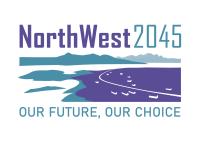
What Does the Land Do for You?
NorthWest2045 Supported by SLR Consulting Ltd




NW2045 Study Area

Data Explorer
Use the below map to explore all outputs produced as part of the project.
NorthWest2045 Supported by SLR Consulting Ltd




NW2045 Study Area

Use the below map to explore all outputs produced as part of the project.